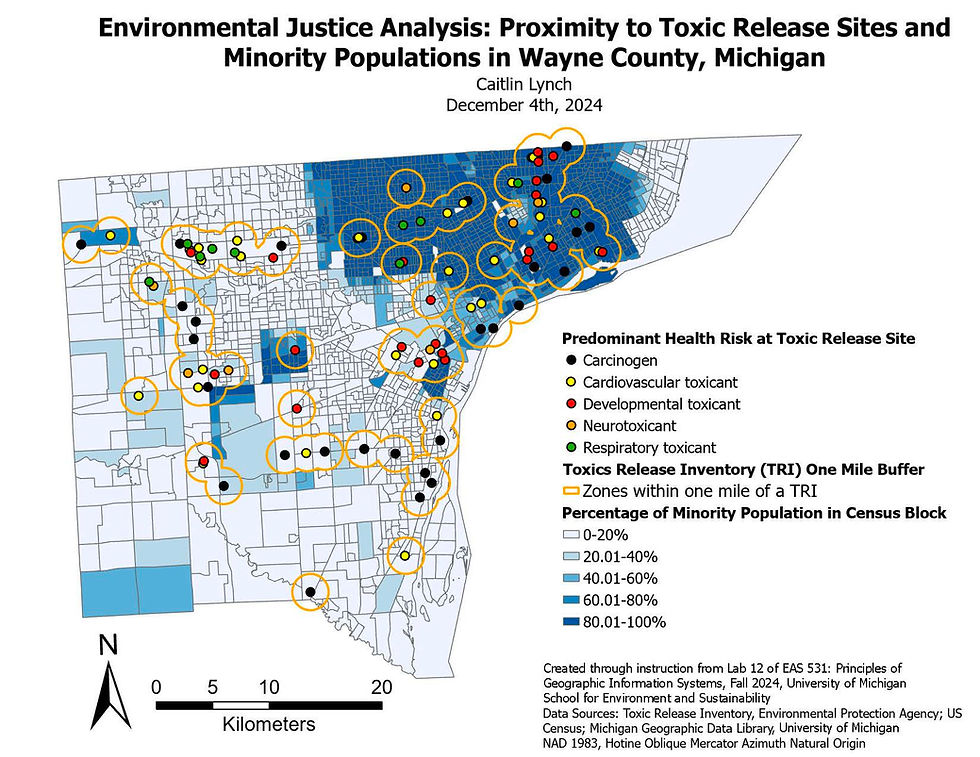RA Perspectives: Samantha Rich
- mvbelhaj
- Dec 18, 2024
- 3 min read
Updated: Mar 20
The association between housing & mental health
Written by Samantha Rich, HSHE Research Assistant
Housing and built environment are important social determinants of health, impacting both physical and mental well-being over the life-course. The body of literature on associations between housing and mental health is relatively new but growing, and it is clear that factors including affordability, quality, and neighborhood environment all impact mental health.
Both short- and long-term exposure to housing unaffordability is associated with worse mental health outcomes. A cohort study conducted over the course of nine years found the worst mental health impacts for those exposed to both current and past cumulative unaffordability; this remains true even after controlling for age, sex, country, and income. Residual housing stress refers to households whose residual income is lower than the estimated low-cost budget standard after housing costs. Research indicates that if households experience residual housing stress for a period of three years or more, they are more likely to enter chronic housing stress, which increases their risk of mental health challenges as well as reduces education and job opportunities.
Furthermore, various aspects of housing quality and conditions are associated with mental health. A scoping review found worse mental health outcomes for an array of exposures, including mold and pollutants, inadequate heating and cooling, and overcrowding, particularly among women and young people. There is also a cumulative nature to these impacts, with research indicating that persistent poor housing conditions have more stark implications for mental health than current housing problems.

Beyond an individual household, a neighborhood’s social and built environment are significantly associated with mental health. For example, increased access to green space during childhood is associated with better mental health outcomes later in life. Research suggests an absence of green space may contribute to reduced social interaction, which also has implications for mental health. Mental health outcomes are also connected to an individual's sense of control over their surroundings, meaning exposures like chronic unwanted noise or an absence of natural light are associated with worse mental health. Conversely, neighborhood factors like high social cohesion and feelings of belonging may be protective factors for mental health.
Furthermore, historical redlining has contributed to present-day residential segregation, eviction rates, and food insecurity. This disproportionately impacts women, people of color, and low-income individuals, who are already among those most vulnerable to mental health challenges due to disparities in mental healthcare quality and accessibility.
Housing policy must then account for a wide array of factors in order to sufficiently address mental health issues. The inverse is also true: research has indicated that mental health policy is less effective if it does not account for housing conditions. Policymakers should use research findings to prioritize housing policy that is responsive to the needs of the groups and communities currently experiencing high rates of housing insecurity. For example, research has indicated that Black women and children are among those at the highest risk of eviction; legislation guaranteeing the right to counsel for individuals facing eviction could serve to mitigate this disparity. Similarly, policies promoting community and nonprofit housing ownership could help increase and maintain quality, affordable housing and prevent outside speculation, supporting those currently experiencing higher rates of housing instability due to systemic factors like residential segregation and predatory real estate practices. Housing protections at the height of the COVID-19 pandemic, like eviction moratoriums and rent relief, were associated with better mental health among tenants; housing policy developed with community needs at the forefront could similarly serve to improve and protect mental health of residents.



Opmerkingen